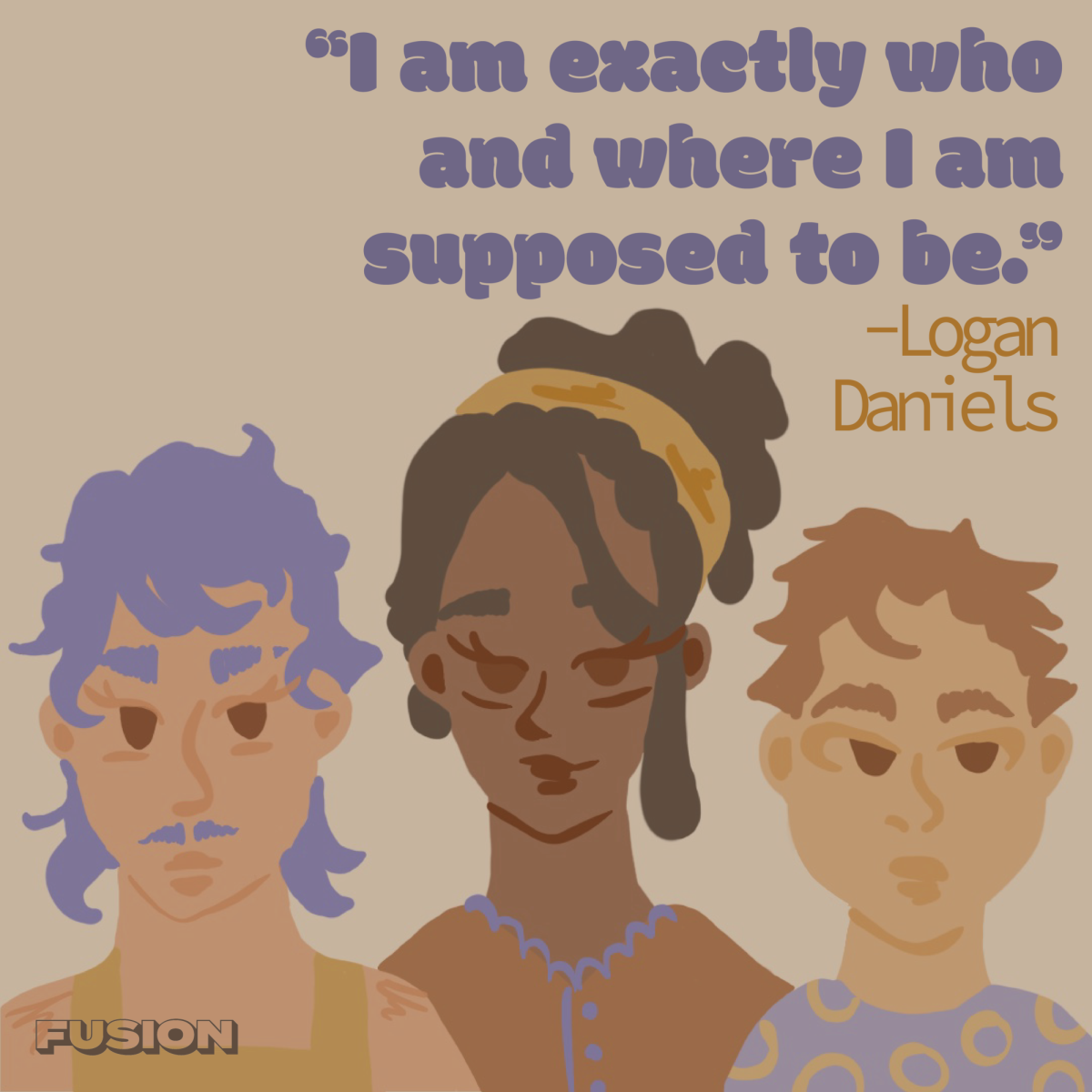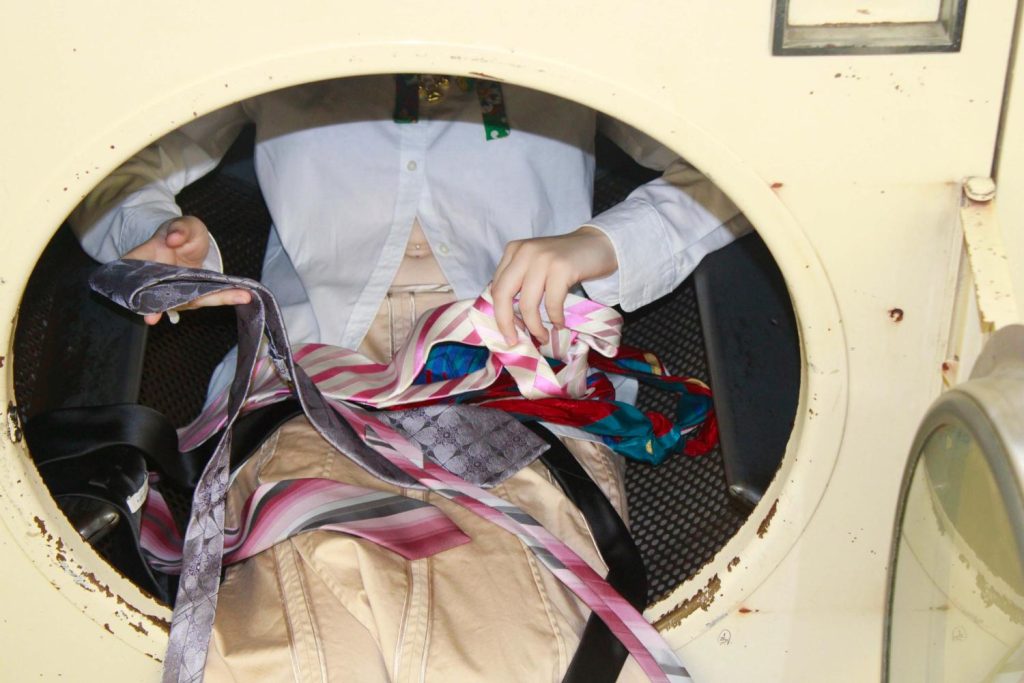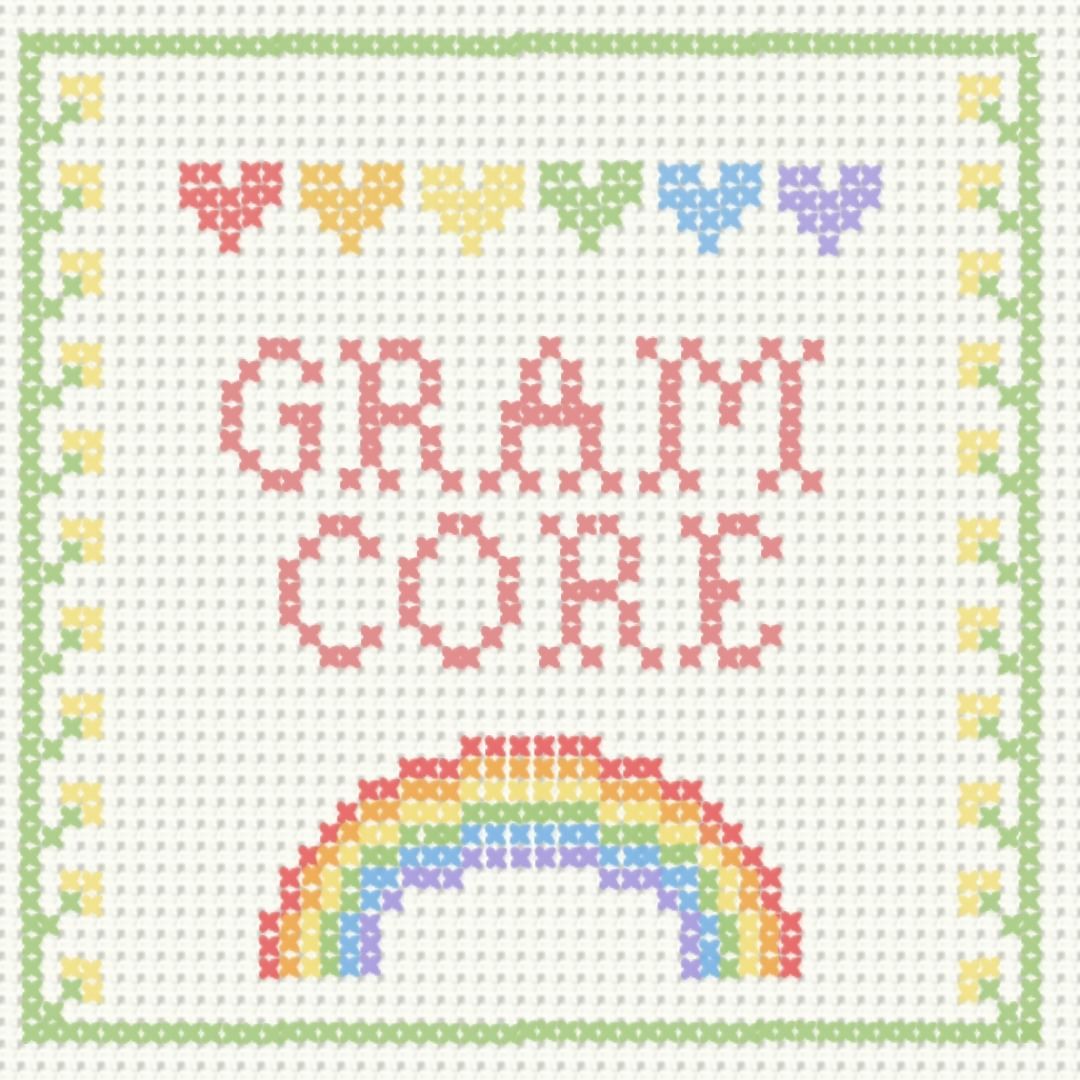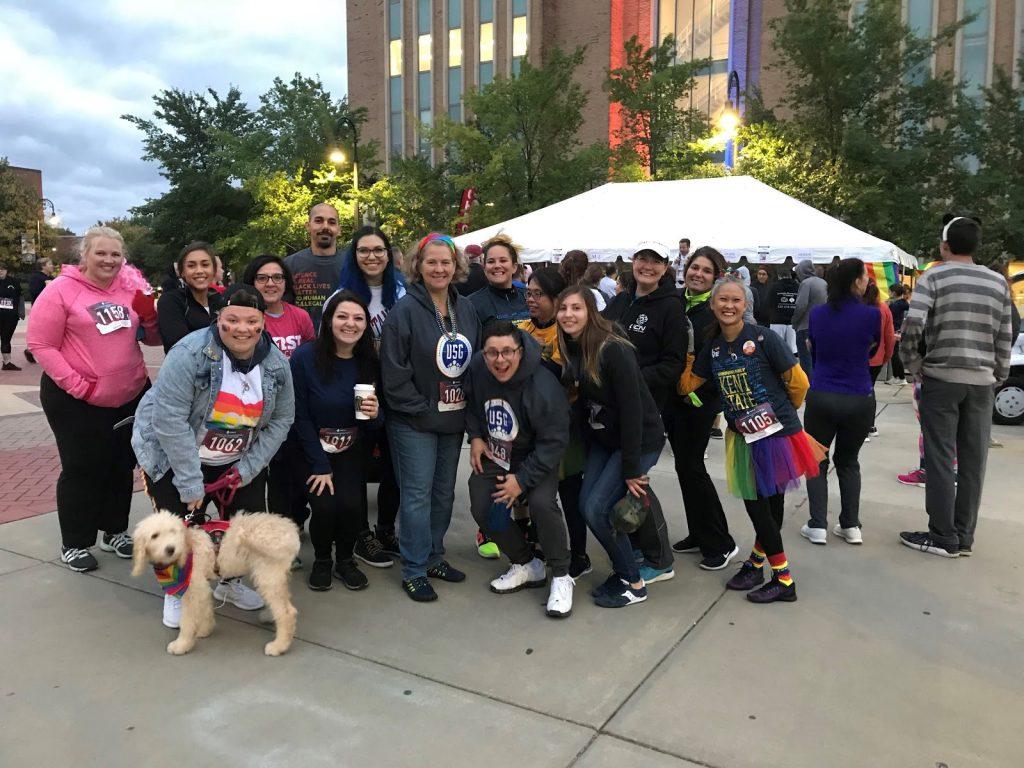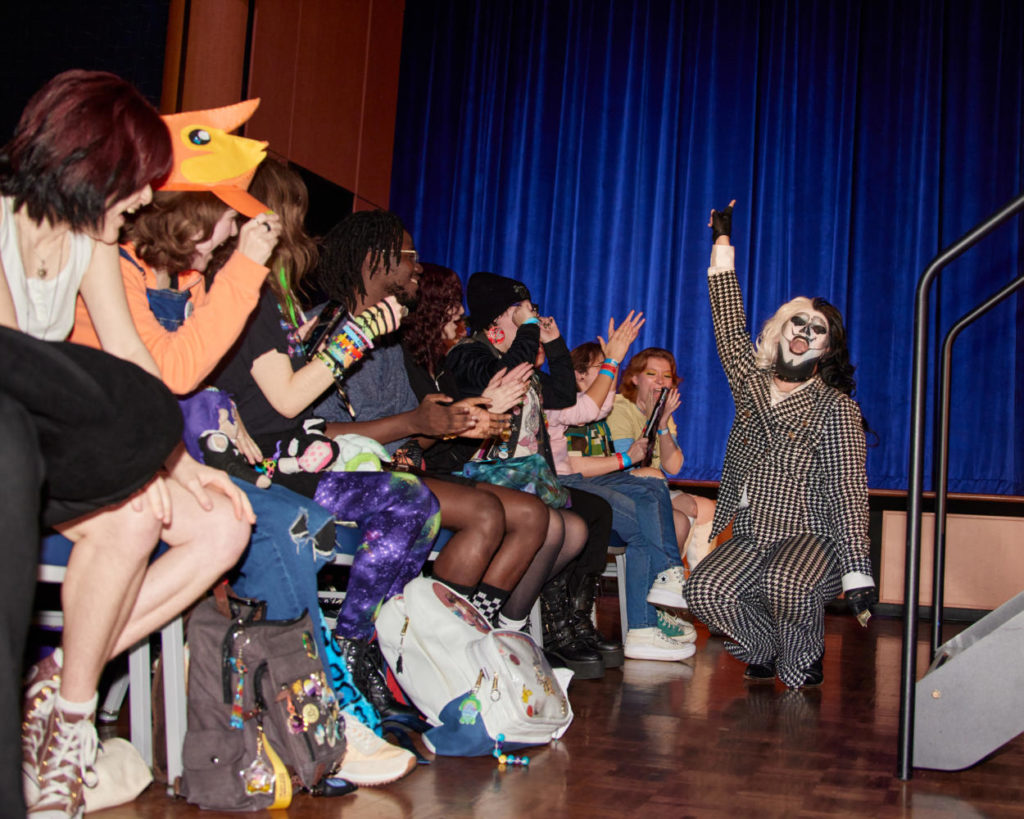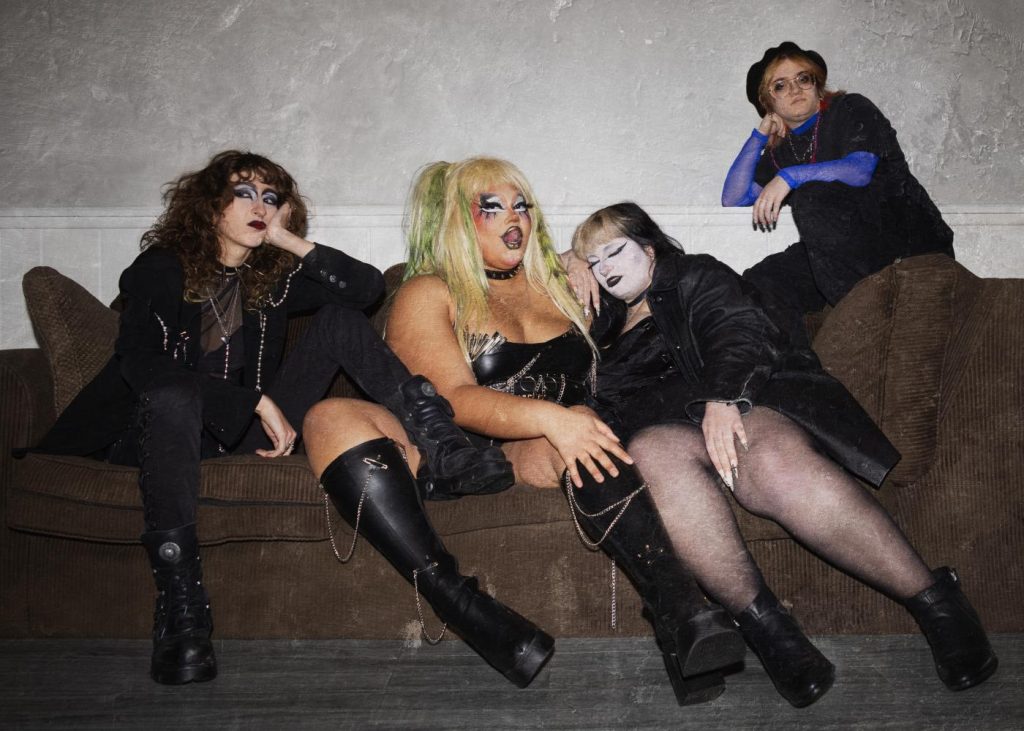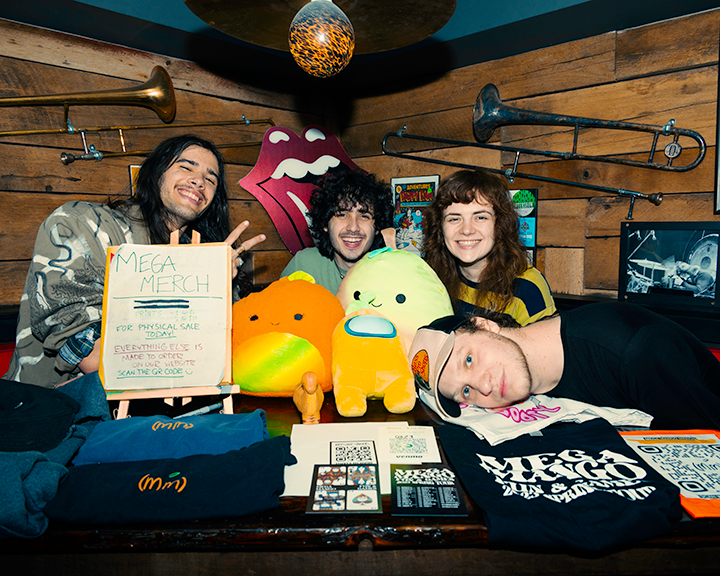At Rent’s first preview a reporter from the New York Times stated “off the record Rent was an amazing achievement destined for success.” The show that has taken the world by storm has fulfilled the reporter’s premonition. After many corrections, rewrites and restructuring, Jonathon Larson and his collaborative team’s vision that is now Rent finally became a reality. Sadly Larson has never seen the success, impact and joy that his masterpiece has given audiences. Though his legacy lives on with every performance and through every member of the cast and crew.

The show that most have seen in playhouses is far from the small New York Theatre Workshop show that it had started out as.
Rent first began in 1989, according to siteforrent.com, when Billy Aronson, a Yale trained play-write, wanted to write a musical about La Boehme. The idea for Rent was to create a play that depicted people like Aronson who were struggling to make art under poor conditions.
Through mutual theater acquaintances Jonathon Larson and Aronson met and started developing the idea of Rent.
Aronson’s setting was in the upper-west-side which Larson felt didn’t work with the concept of La Boehme. Larson lived downtown where he rented a “scruffy loft that had a bathtub in the kitchen, [and] for awhile he and his roommate kept an illegal wood burning stove.” He also dated a dancer for four years. She would often leave him for other men and finally for another woman. Larson wanted to write about his experience, which seemed to have fit the concept of La Boehme perfectly. In 1991 Aronson and Larson agreed that Rent could be Larson’s.
In the spring of 1993 the New York Theatre Workshop put on a reading of Rent where it caught the eye the budding producer Jeffery Seller.
After receiving a grant of $45,000 to support a workshop production, Rent was on it’s way to becoming the phenomenon it is today.
The first step was to get together the right combination of people to create the production.
Jim Nicola who was the artistic director of the New York Workshop suggested Michael Greif as the director. Greif was a “new young director who had recently become artistic director of the La Jolla Playhouse in San Diego.”
“What impressed me was it youth and enthusiasm and that it was a musical about contemporary life,” said Nicola. “Jon was writing about some people I felt I knew, that I sort of loved or had loved in my life.” It was Nicola’s goal to bring Greif and Larson together because he felt that they counterweighted each other. The three of them met in January 1994 to work on the script. The chemistry was immediate and the two balanced each other out well.
“What Jon gave Michael was some of his hope and heart and generosity of spirit,” said Anthony Rapp who originated as Mark. “And what I think Michael gave Jon was some edge of realism and complexity and making sure that things didn’t all resolve nicely and prettily. It was a good marriage.”
The November workshop production was a success and the crowds grew in number and enthusiasm with every performance, and by the last week it was sold out. During the second week of the workshop Seller brought his business partner Kevin McCollum to see the show. Rent in its workshop phase was rough around the edges and had one of two fates: either being a huge success or a huge failure. Luckily McCollum was over whelmed with the performance and a few nights later returned with another business associate. Allan S. Gordon was “over-powered by the music.” That night the three invested in the production and began work to bring Rent to it’s full potential for the following year.
Though before anything could be set into motion there was an immense amount of work that needed to be done to the script. Jon was hesitant at first and some feared the Rent would never make it to production. “It was a tense few days, Jon was very upset and very frustrated. But we all wanted this show to be as strong as it could be,” said Greif.
As they began to dig their heals in to get to work on the reconstructions as quickly as possible Jon quit his job at the Moondance Diner. “After he left the diner and he announced that he was a full time, professional, musical play-write his spirits soared. That’s all anybody wants to do in life isn’t it? A chance to do what they do,” said friend Eddie Rosenstein.
At the beginning of production Nicola asked Jon to condense Rent into a single sentence. Come December Jon had finally had one sole sentence to describe Rent: “Rent is about a community celebrating life in the face of death and AIDS at the turn of the century.”
After many “programming changes” the musical was set to premiere on the 100th anniversary of the original La Boheme, something that they were not initially aware of.
“One week before Rent’s first preview Jonathon Larson felt the first thump of the aortic aneurysm that would take him away.” When he collapsed during rehearsal of “What you own”, the show stopping second act “show-stopper” about dying at the end of the millennium. “He later told friends that he couldn’t believe that the last burst of music he would hear might be his own song about dying.”
He was initially diagnosed with food poisoning, but after a second incident he was diagnosed with the flu.
On January 25, 1996 Jonathon Larson went to the final dress rehearsal at the New York Theatre Workshop. He died after the first performance in his home at the age of 35.
After Jon’s death Tim Weil took over the musical elements and tried to decide on changes that Jon would have approved of.
“Jon’s death added an explosive, powerful element to the cast’s understanding of the play,” said Daphene Rubin-Vega who played Mimi in the original cast. “It let us remember that the bottom line is really about what you do with this experience because tomorrow isn’t promised to you. There was no more powerful way of receiving that message than from someone whose life was just beginning.”
Rent has gone on to win numerous awards such as the New York Drama Critic’s Circle Award, Tony Award, Pulitzer Prize and Drama Desk Award. It has exploded into a worldwide phenomenon from the states all the way to Japan and Australia. Leaving its mark on the world and helping to propel Jonathon Larson’s vision and legacy to the masses leaving the Kent State stage no exception.
– Katelynd Jarvis


